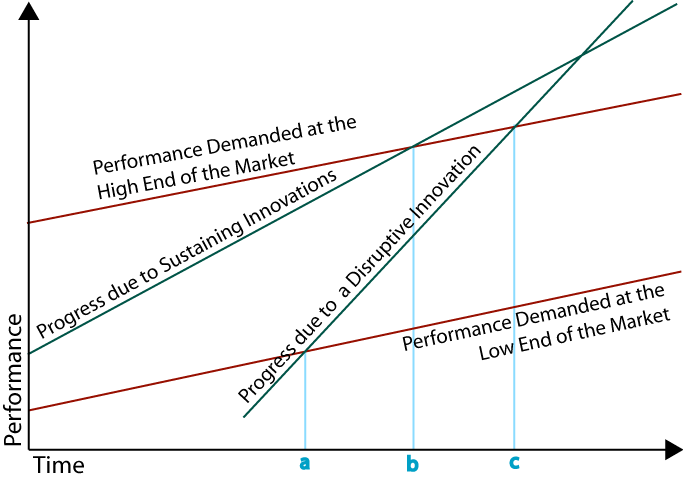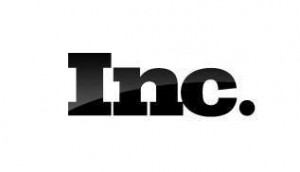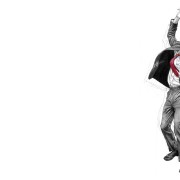Harvard’s Clay Christensen: The Wrong Kind of Innovation
The Harvard Business School professor who coined the term “disruptive innovation” explains that the very way Americans think about finance could be rusting up the economic engine.
If you’ve been to business school, this definition likely means something to you: “Taking a product and making it simpler and more affordable, so many more people have access to it.” Yes, that’s Harvard Business School professor Clayton Christensen’s definition of disruptive innovation.
Christensen wasn’t unaware of the irony when he announced at Tuesday’s World Business Forum in New York City that he had a major bone to pick with the teachings of business school professors. Namely, he blamed them for the propagation of economic theories that have contributed to the prolonged U.S. economic slump and slow-to-recover employment numbers following the market downturn of 2007.
To understand this, Christensen says, one must look back to the 1970s, when Milton Friedman and other economists proposed that the goal of a company should be to maximize returns for shareholders. “We now broadly believe that’s the responsibility of management,” Christensen said. In other words, keeping costs down and cash flow positive, while devoting little or no funding to future innovations, has become the norm at too many American corporations. And that lack of investment in disruptive (or “empowering,” as Christensen sometimes has it) innovation is where the real trouble starts.
It’s helpful to understand Christensen’s theory of the three types of innovation. This is from a piece he published on CNN:
The first are “empowering” innovations. These transform complicated, costly products that previously had been available only to a few people, into simpler, cheaper products available to many. The Ford Model T was an empowering innovation, as was the Sony transistor radio. Empowering innovations create jobs for people who build, distribute, sell and service these products.
The second type are “sustaining” innovations. These replace old products with new. The Toyota Prius hybrid is marvelous–yet every time a customer buys a Prius, a Camry is not sold. Sustaining innovations replace yesterday’s products with today’s products. They keep our economy vibrant–and, in dollars, they account for the most innovation. But they have a zero-sum effect on jobs and capital.
The third type are “efficiency” innovations. These reduce the cost of making and distributing existing products and services–like Toyota’s just-in-time manufacturing in carmaking and Geico in online insurance underwriting. Efficiency innovations almost always reduce the net number of jobs in an industry, allow the same amount of work (or more) to get done using fewer people. Efficiency innovations also emancipate capital for other uses. Without them, much of an economy’s capital is held captive on balance sheets, tied up in inventory, working capital, and balance-sheet reserves.
We can examine how these innovations function in the U.S. economy as a whole–creating or eliminating jobs, for example–or simply within a single company. At that smaller scale, Christensen says it’s up to managers to put into place policies that shape a company’s potential for innovation. And, with profits to make andshareholders to please, funding efficiency innovations is a lot more immediately appealing. “Efficiency innovations pay off really quickly. Empowering innovations take five or more years to pay off,” Christensen said at the World Business Forum. “So they invest in efficiency innovations, and more capital comes out.”
Investing in efficiency innovations can lead to a cycle of increased profits and re-investing in more efficiency. But that cycle vastly decreases investment in the kinds of research-and-development toward longer-term, potentially disruptive innovations–therefore decreasing overall economic growth and job creation. Here, Christensen says, is where America faces a capitalist dilemma. “Because of the way we measure things, it doesn’t make sense to do what makes sense,” he said.
“My sense is over the last 20 years the American economy has generated about one-third the number of empowering innovations as was historically the case,” he said. What’s the potential toll of all this lost innovation on the future of the country? Christensen hypothesized: “If you want to know what the future of America looks like, just look at Japan. You can feel the same thing happen in the United States, and I worry a lot about that.”
Written by Christine Chafkin, originally published in:














